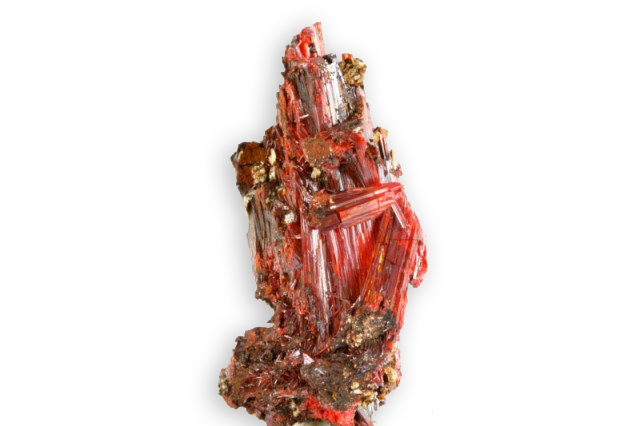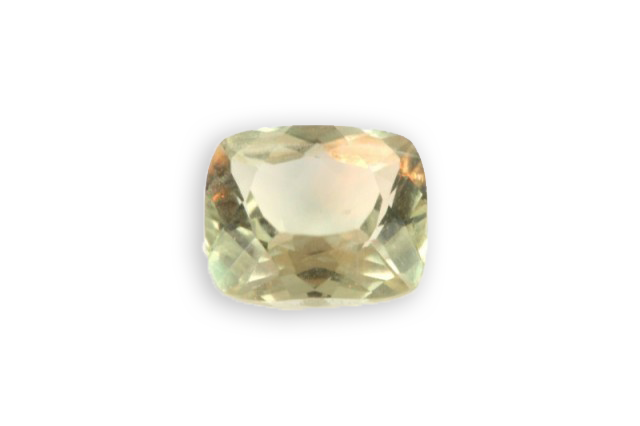
conchoidal
Je vous emmène à travers mes vidéos découvrir mon expérience acquise depuis plus de 30 ans a silloner le globe entier à la recherche de pierres précieuses, de rencontre mémorables mais aussi de difficulté parfois …
actualités
Categories

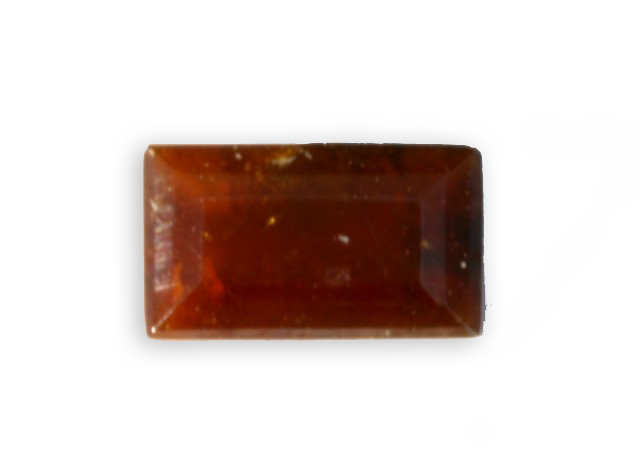
descloizite
ck_admin
March 24, 2021
Its name honors the French mineralogist Alfred Des Cloizeaux (1817-1897), it was discovered in 1854 in the Sierra de Cordoba in Argentina. The best crystals are from Namibia. The mottramite is a vanadate of lead and copper.
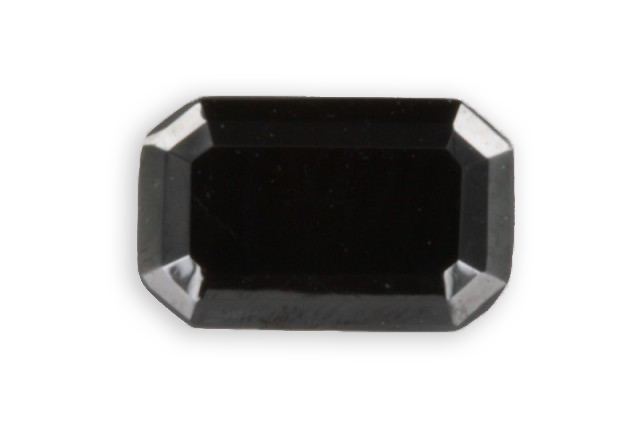
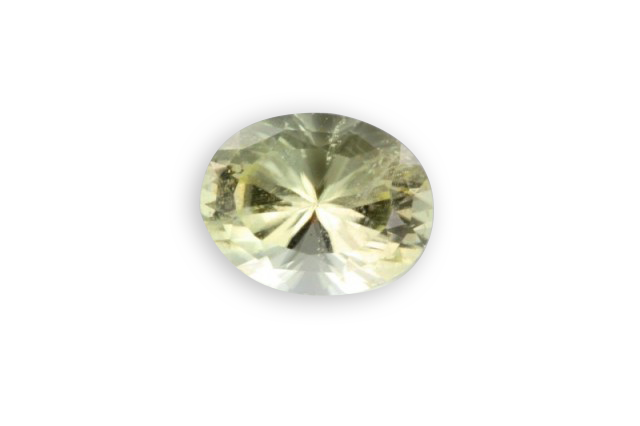
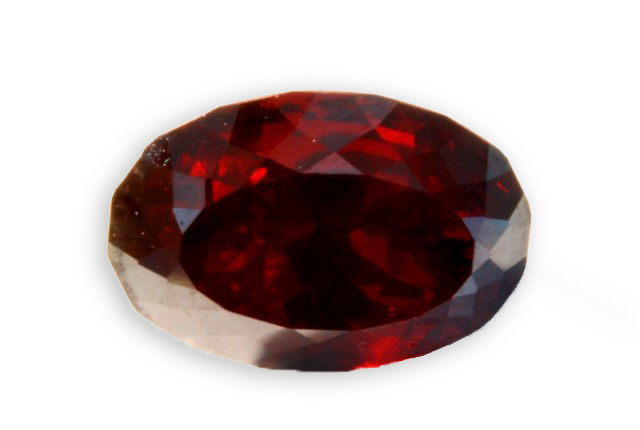
cuprite
ck_admin
March 24, 2021
Its name comes from the Latin “Cuprum” which means copper, it was discovered by von Haidinger in 1845. The chaloctrichite is a form that looks like thin hair hence the name derived from Greek (copper hair). There are massive varieties mixed with chrysocolla and tenorite
